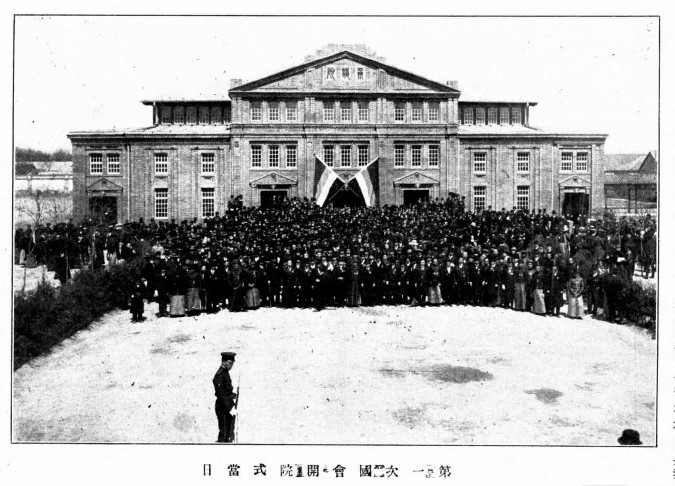April 8, 1913, marked a landmark moment when China’s first National Assembly opened in Beijing. This legislative body emerged just one year after the Qing Dynasty’s collapse, aiming to establish constitutional governance for the new Republic of China.
The transition from an imperial system that had endured for over two millennia to a republican government was a monumental task that China undertook. The anti-imperial Xinhai Revolution, which led to the surrender of Puyi, the last Qing emperor, in early 1912, was a pivotal moment in this transition. Sun Yat-sen’s leadership of the Kuomintang (KMT) Nationalist Party in establishing the Provisional Government of the Republic of China amid a governing vacuum was another crucial step. Yuan Shikai’s presidency, aimed at maintaining a centralized government rule, further underscored the significance of this transition.
April 8, 1913, marked the inaugural session in Beijing of newly elected representatives from across China for the National Assembly. The assembly was crucial in developing a parliamentary democracy since it had dual responsibilities for preparing the enduring constitution and monitoring presidential executive authority. The Kuomintang political party gained noteworthy victories during the electoral process since its members wanted to use the assembly authority to strengthen democracy and decrease Yuan Shikai’s executive power. Given his control over the military and government finances, Yuan Shikai saw the assembly as a threat.
The National Assembly faced resistance from Yuan Shikai because he worried about losing authority over the country. This was after the assassination of KMT leader Song Jiaoren in 1913. Yuan Shikai dissolved the legislative body and banned the KMT, consolidating his power. His proclamation of imperial rule in 1915, which was a direct violation of the republican principles the assembly was working to establish, lasted until his forced abandonment of the throne before he died in 1916. This move by Yuan Shikai was a significant setback for the nascent republic and a clear demonstration of the struggle between democratic ideals and centralized rule in early republican China.
Despite its brevity, the 1913 Assembly holds a significant place in China’s history as the first constitutional effort. It served as a crucial battleground where the tensions between democracy and centralized rule were brought to light. The ideals of this assembly, though short-lived, left a lasting impact on Taiwanese politics and Chinese reform movements, underscoring its profound influence on the shaping of China’s political landscape.

